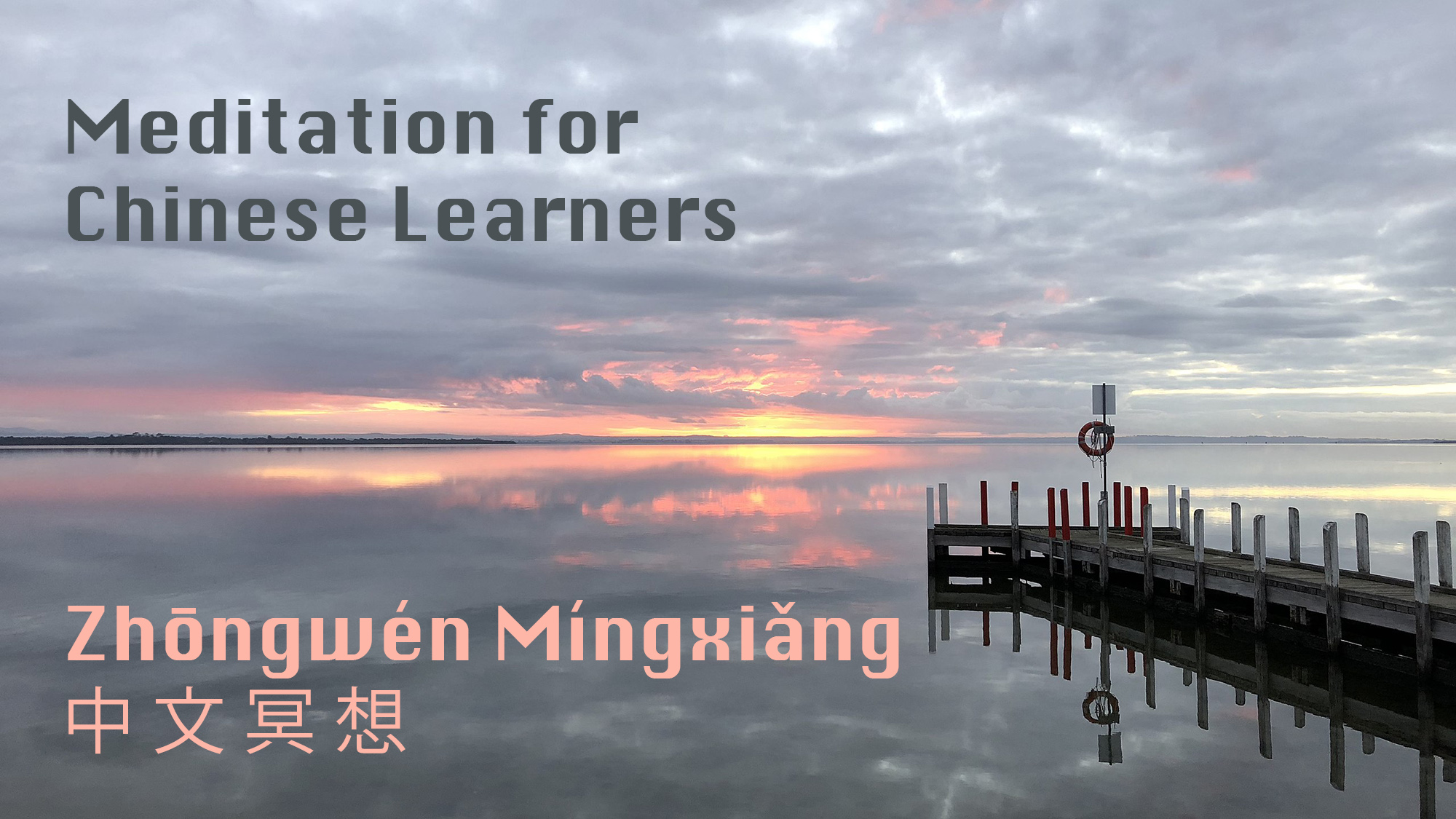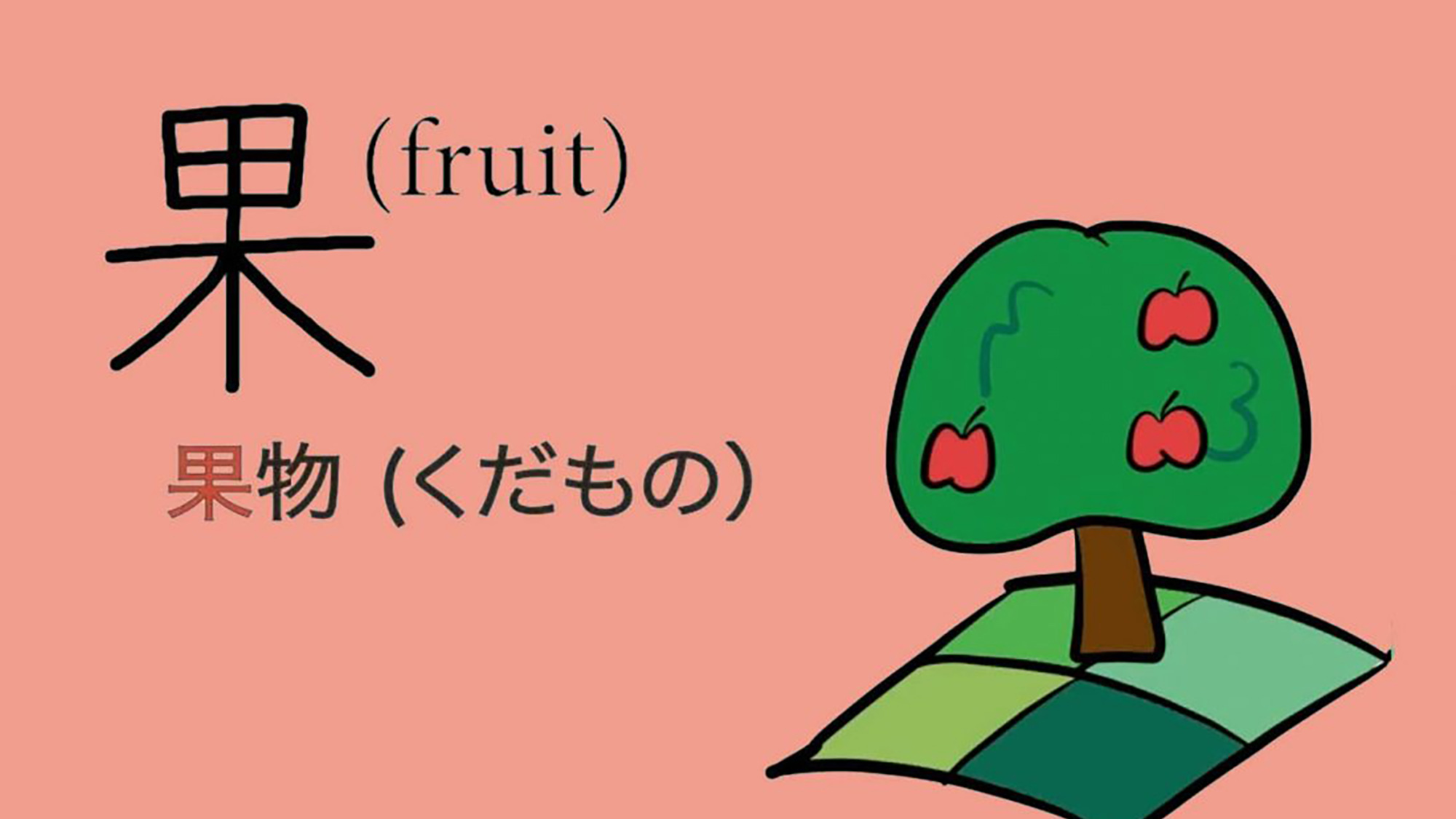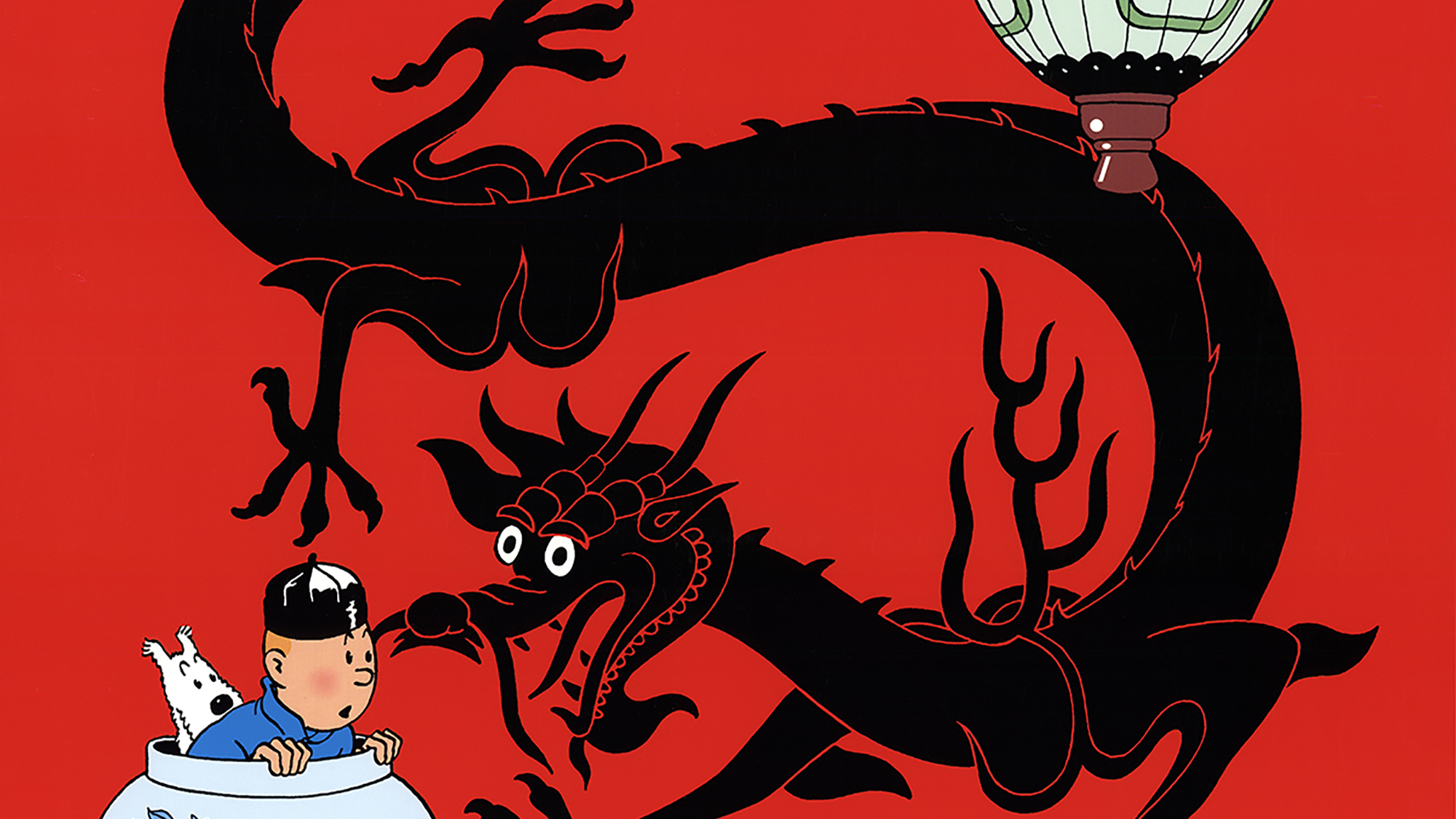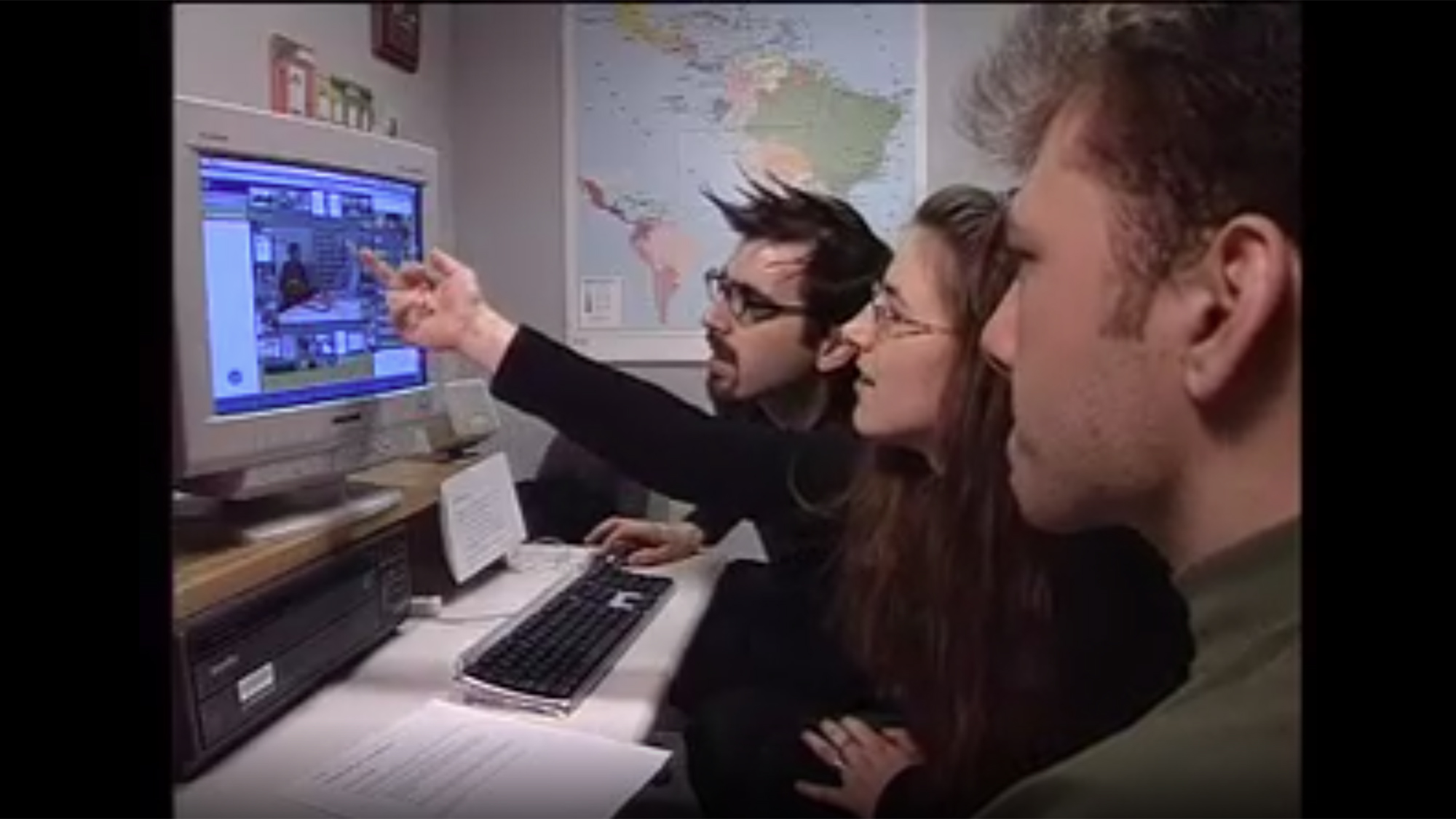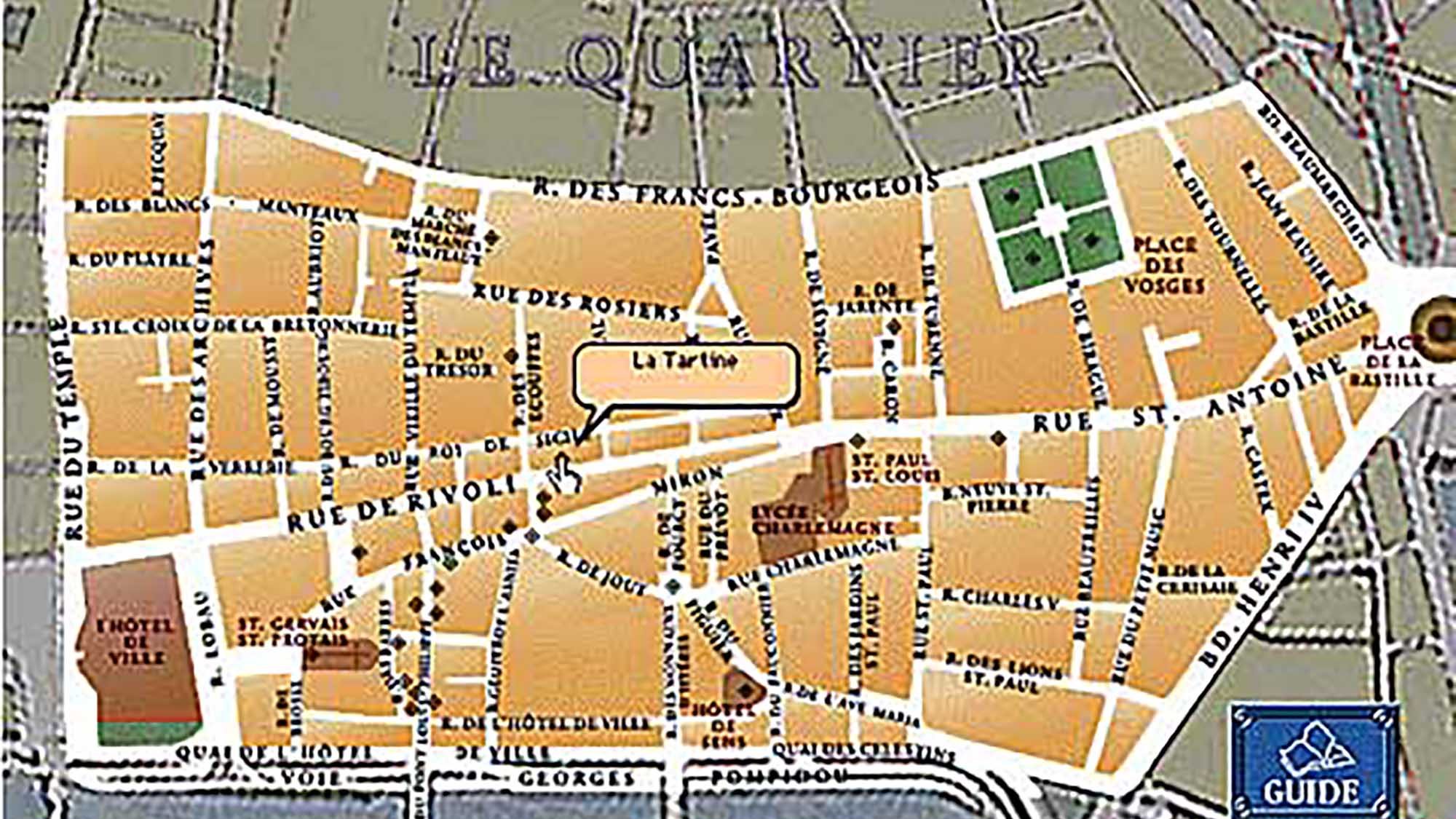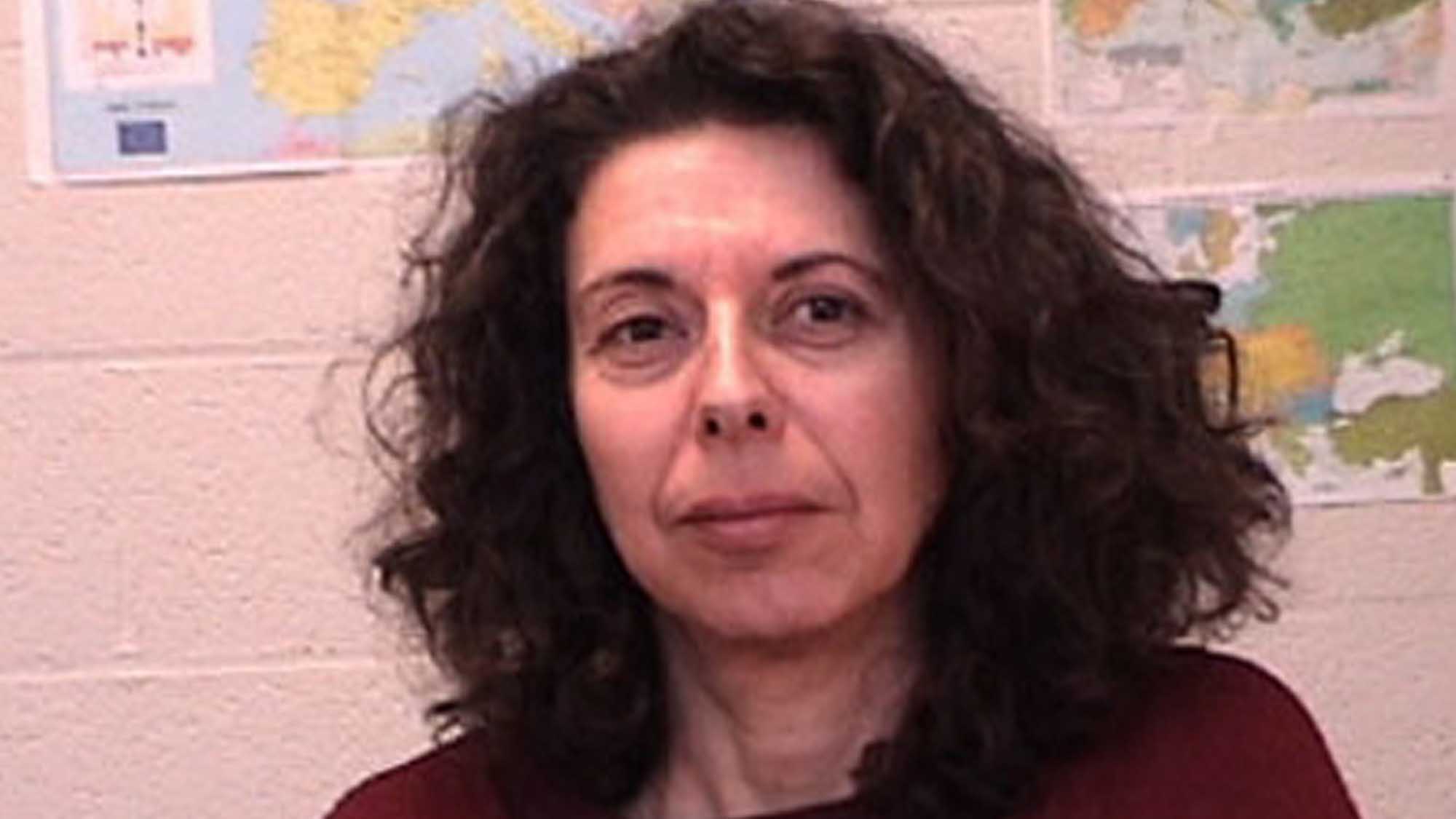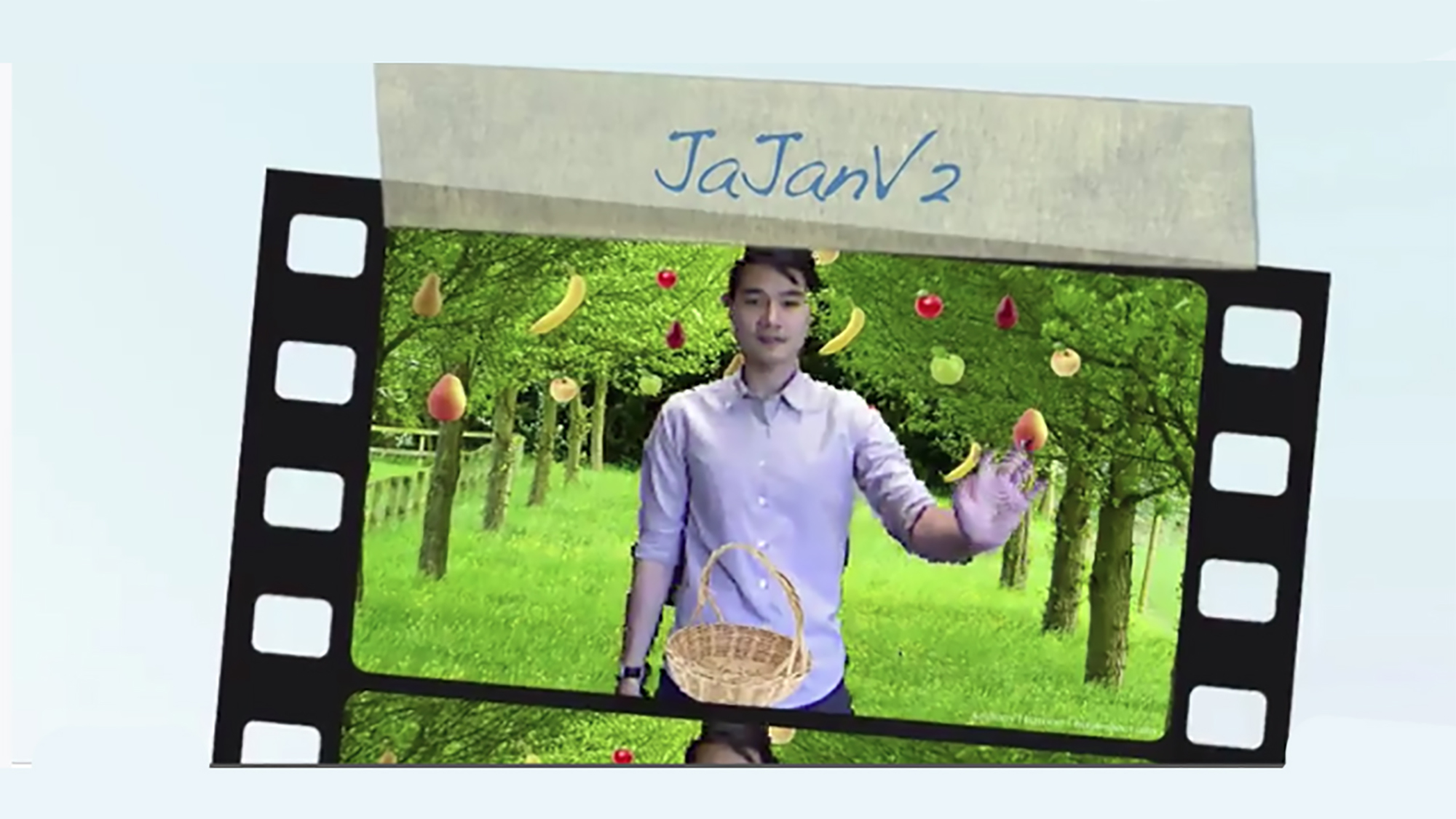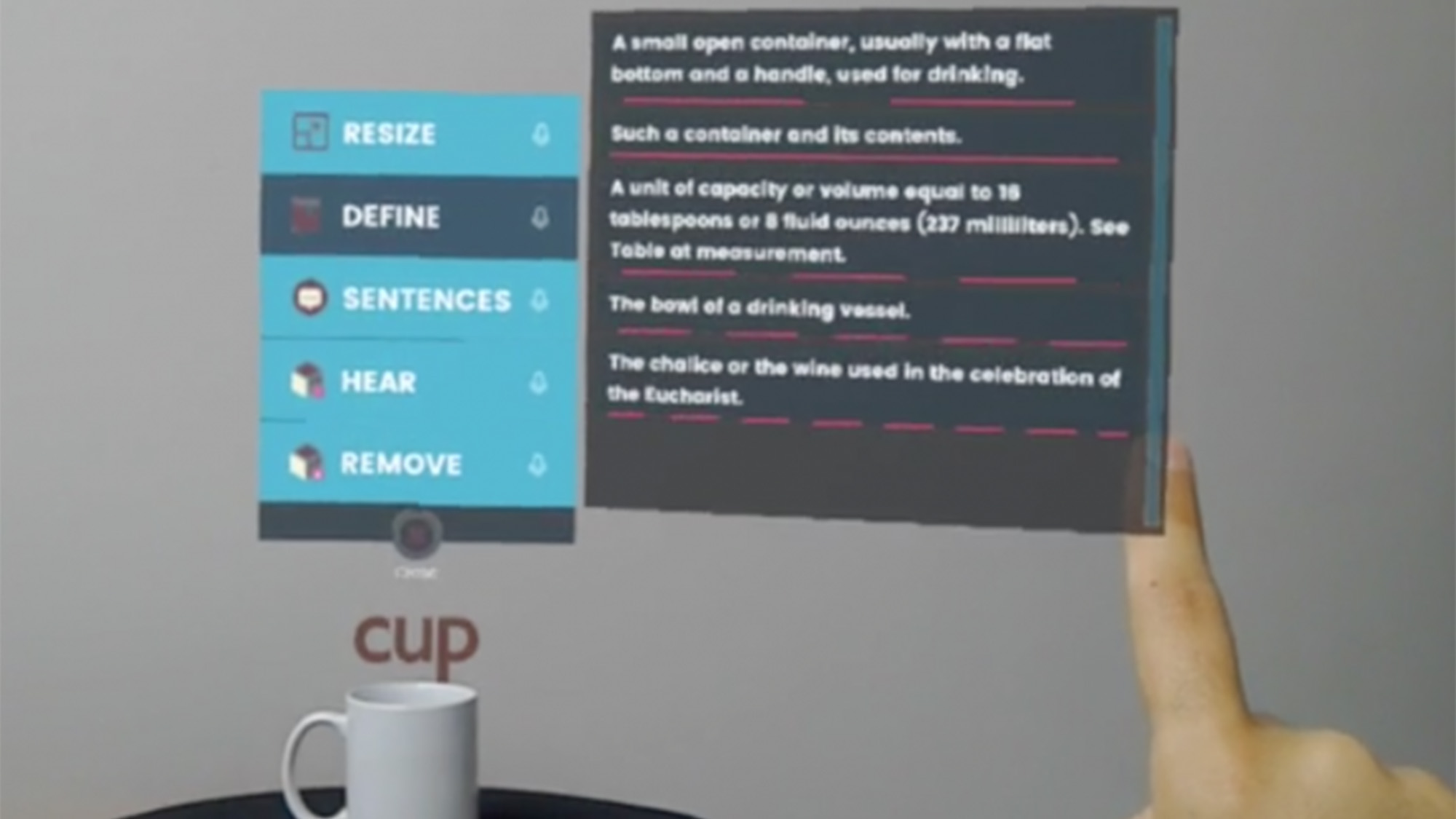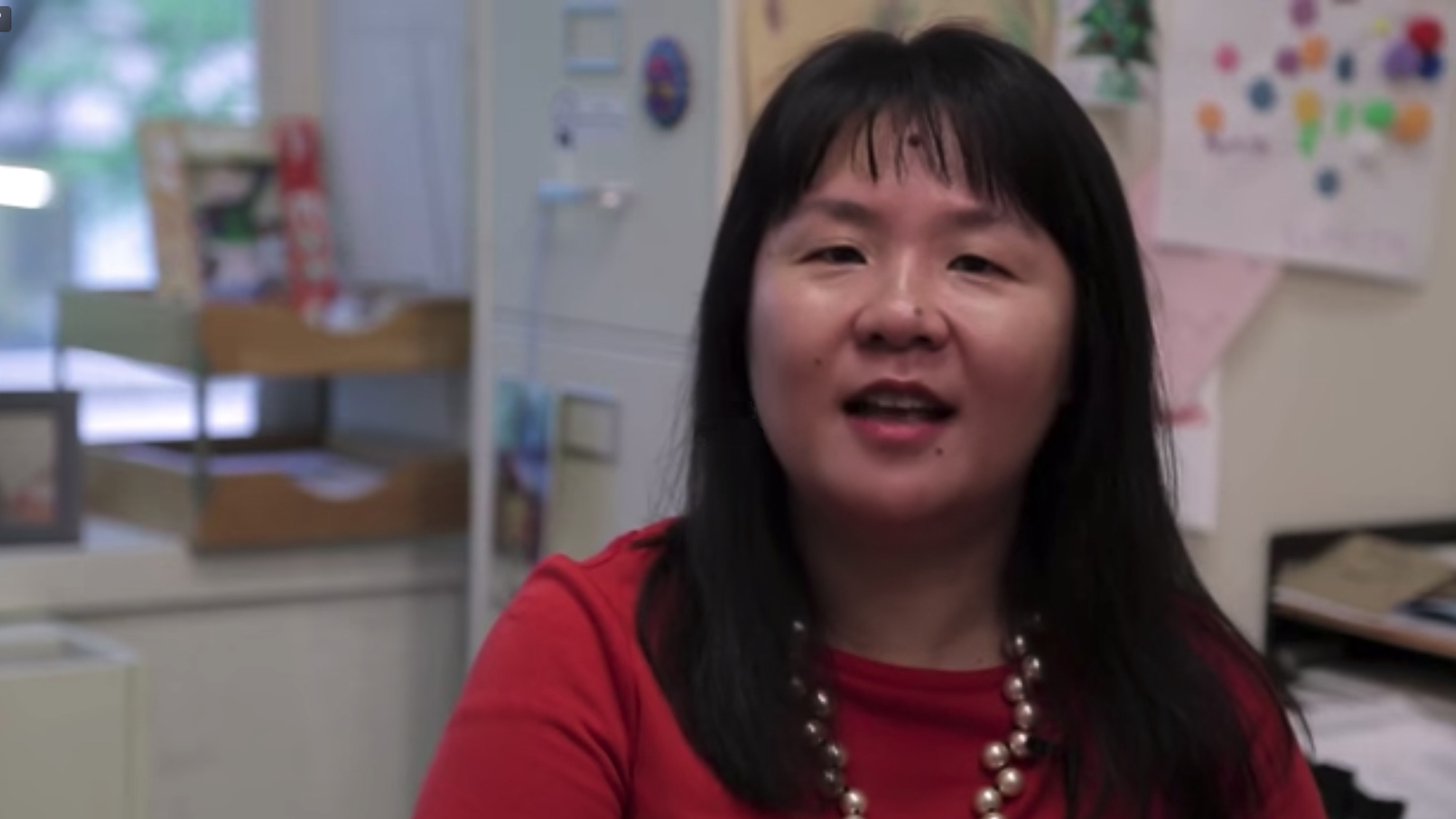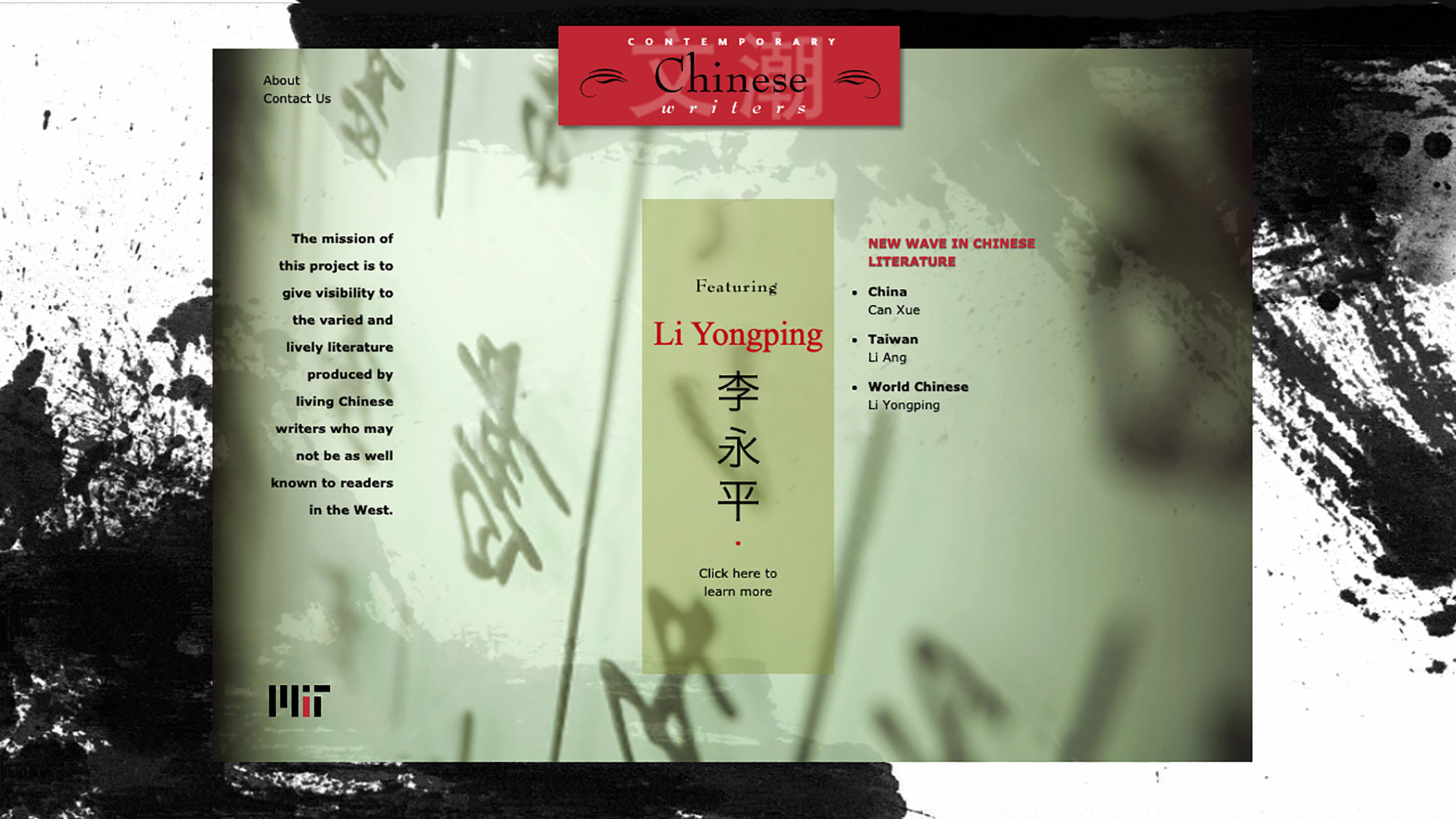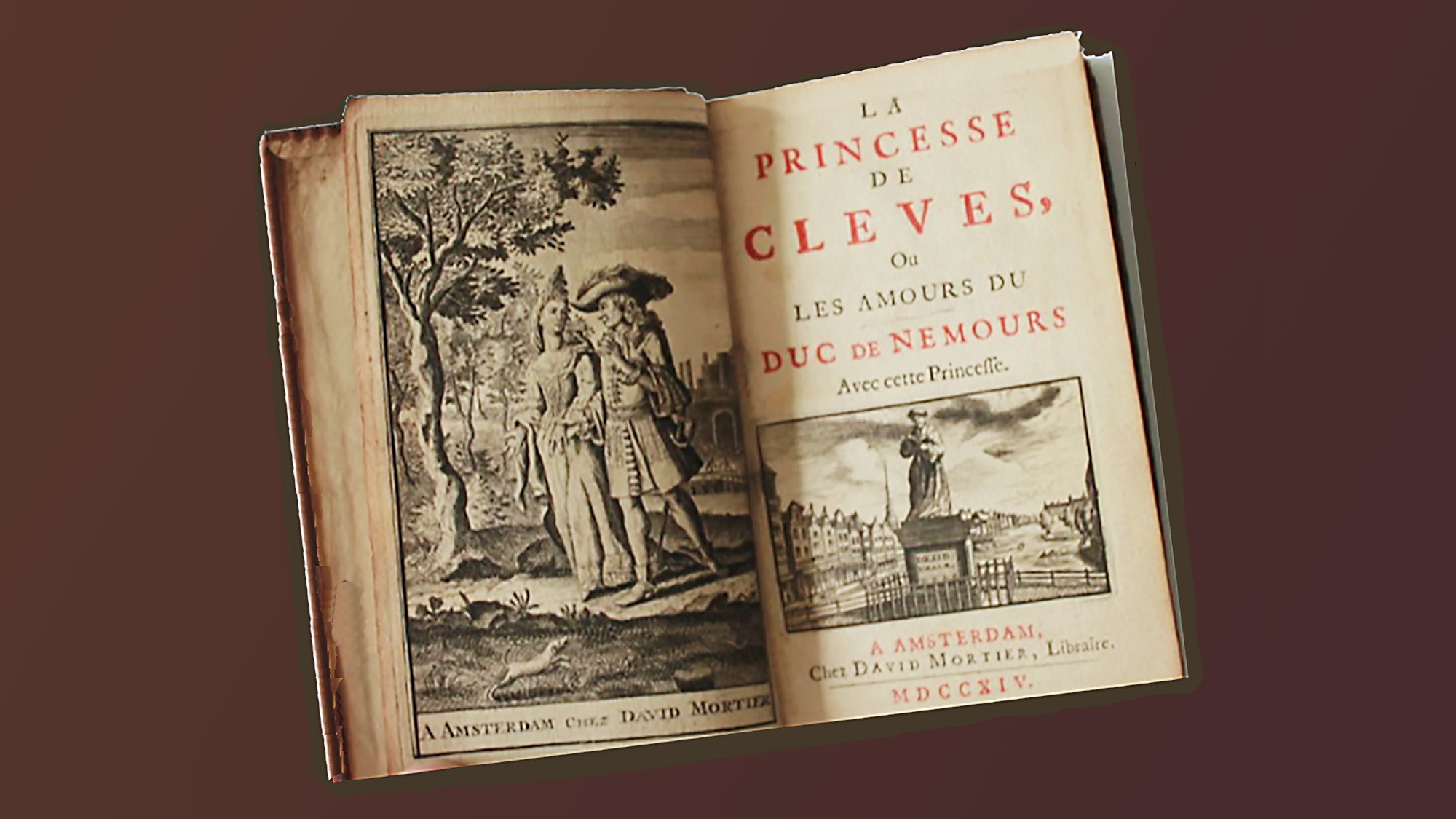Digital Humanities and Creative Pedagogies
From the early days of the Linguitrainer tape deck learning system in the 1960s to computer-assisted language learning (CALL) in the 1980s and 1990s, and incorporation of the internet as a learning tool in the 2000s, MIT has long been a leader in the innovation and adoption of cutting-edge language teaching and learning methodologies. Presently, Global Languages instructors innovate in myriad ways, through the implementation of digital tools in teaching modules, development of shared teaching resources, and pedagogical projects toward new ways of learning language. Below is a collection of Global Languages’ past and present Creative Pedagogies.
Created through a MITHIC Connectivty+ Grant, the Language/AI Incubator is an evolving series of events aimed at addressing issues in medical communication with expertise in applied linguistics and emerging artificial intelligence technologies.
Global Languages hosted the 2025 Symposium of the Consortium for Language Teaching and Learning.
A project from the mid-1980s that took advantage of emerging technologies to create an interactive and authentic language-learning experience.
AI Teacher project aims to explore how we can utilize language technology (e.g., natural language processing) for language learning.
A hypermedia learning environment for the study of German Culture and Language
Cultura makes use of online communication to help develop students’ intercultural competence.
The overall goal of "Dans un quartier de Paris" is to provide the learners with an insider's view of a foreign cultural world, in this instance that of a quartier.
Web-based project on Spanish life and culture.
An integrated instructional method and teaching materials for Japanese formal writing.
Memory and commemoration in contemporary German literature. A digital media repository for the study of German literature & culture
Researches have revealed the advantages of pedagogically-made videos in improving students’ language proficiency.
JaJan is an educational technology that connects learners across distances and puts them in a so-called “shared virtual space.”
MIT instructional staff lead a group of students to Paris for two weeks of cultural and linguistic immersion.
To cultivate students’ writing proficiency in Japanese from an early stage of their study.
A series of video lectures in Japanese, with animation, to introduce some Kanji characters for students of Japanese
The Marguerite de Navarre Society was founded by Scott Francis of UPenn.
In August 2020, Dr Haohsiang Liao launched MITx: Chinese Language in Culture, Level 1, a novice-level MOOC course offered by Massachusetts Institute of Technology on edX.
Meditation for Chinese Language Learners aims to provide high quality language input while immersing students in a relaxing and healing atmosphere.
An exploration of how technology can support “serendipitous learning” -- a novel learning concept where a learner can acquire linguistic knowledge through serendipitous instances
A documentary portraying the experiences of Latina students as they encounter life at MIT.
Online speech recognition tool for beginning-level students of Chinese
Responsive Classroom, a research- and evidence-based approach.
Min-Min Liang employs authentic material to promote students’ Chinese reading and writing skills at intermediate-high level.
A pedagogical website designed for teaching Madame de Lafayette's seventeenth-century masterpiece to intermediate level college students.


